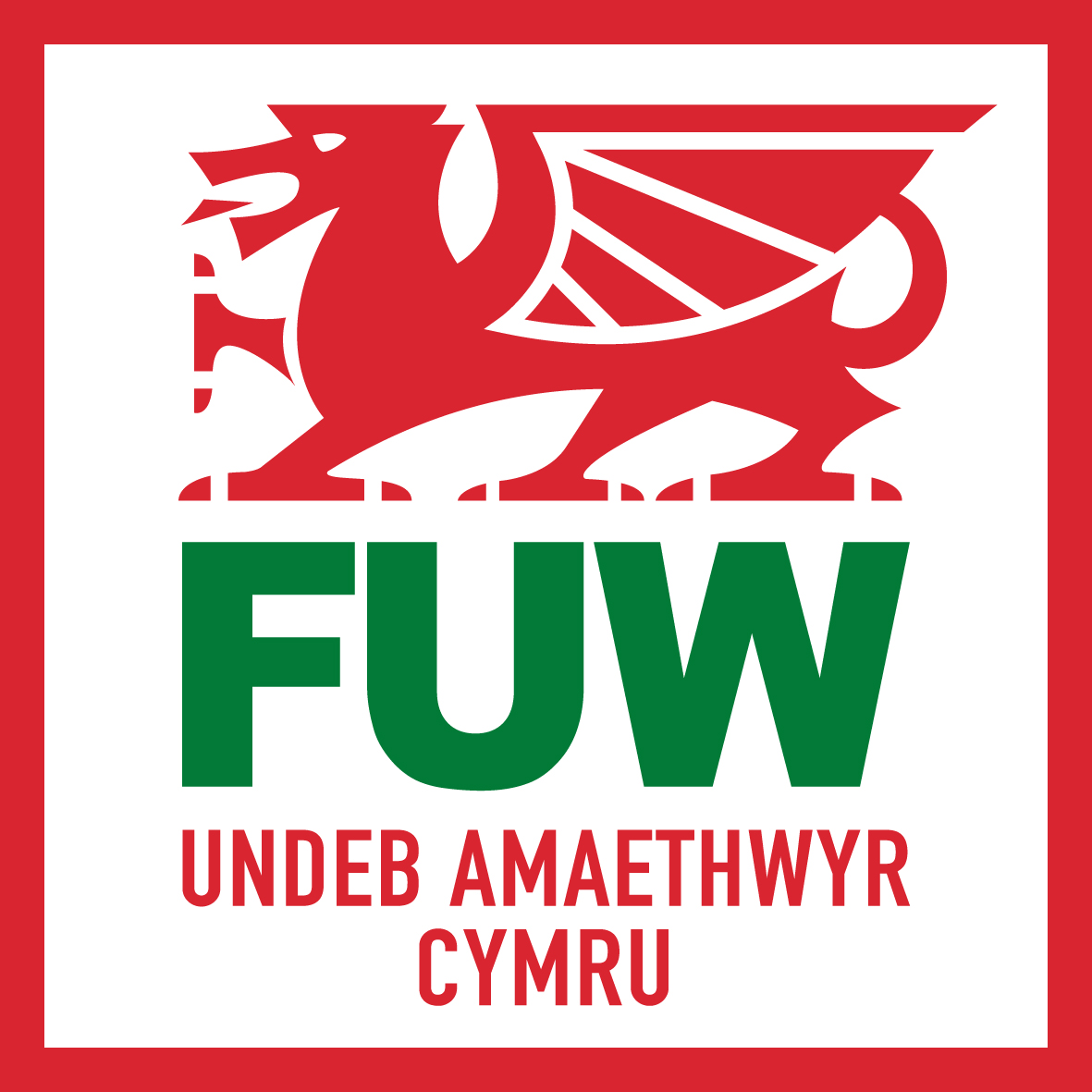Farmers have branded as "illogical, unobjective and unfair" the Welsh Government’s refusal to allow appeals against the incorrect categorisation of their land as moorland.
In January this year, natural and food minister Alun Davies announced that payments in the moorland area would fall to around 10% of the rates payable in areas outside the moorland area.
That moorland area is defined as land over 400m (1,312 feet) mapped as moorland in 1992 for the purpose of The Moorland Scheme.
Farmers' Union of Wales member John Yeomans, who farms with his wife Sarah near Adfa, Montgomeryshire, said: “On areas where my neighbours and I farm, that 1992 map was completely inaccurate, but we had no idea the mapping was taking place and there was certainly no offer of an appeal against the incorrect categorisation of our land.
"In any case, The Moorland Scheme was voluntary, and there was no suggestion that more than 20 years later the map would be used to cut our payments by 90%.”
Mr Yeomans described the minister’s decision not to allow appeals on objective grounds as "illogical, unobjective and unfair".
“If you took a seven-year-old child from the middle of London into our fields and asked them whether they thought it was moorland, they would give you a categorical ‘No’.
[caption id="attachment_2904" align="aligncenter" width="1024"] Land farmed by John and Sarah Yeomans which has been categorised as ‘moorland’ by the Welsh Government[/caption]
Land farmed by John and Sarah Yeomans which has been categorised as ‘moorland’ by the Welsh Government[/caption]
"These areas are extremely productive improved areas of land, and no one in their right mind would describe them as moorland.
“By introducing the 400m line the Welsh Government has massively reduced the number of incorrectly mapped areas which would have led to appeals and legal challenges, so it makes no sense not to allow the remaining handful of areas like this to be eligible for appeals based upon objective criteria.”
Mr Yeomans’ comments come after the minister responded to correspondence from FUW president Emyr Jones highlighting the need for an objective appeals system.
Mr Jones’ letter stated: “During successive meetings …stakeholders emphasised the importance of having an objective definition of moorland and an appeals process to allow land to be removed from the map if it did not meet that definition – not least because the original moorland map is now almost a quarter of a century old, and was drawn up for a voluntary agri-environment scheme, not a compulsory area based payment scheme.
“We had been under the clear impression that this argument had been accepted, and are therefore concerned at recent suggestions by Welsh Government staff that grounds for appeals may be based upon administrative procedures rather than an objective definition of moorland.”
In his response, Mr Davies stated: “There will be two grounds for appeal. First of all, moorland for CAP payment purposes must have been mapped as having moorland vegetation when the 1992 moorland vegetation map was drawn.
"Secondly, if land appears on that map then it must now be at 400 metres or higher altitude. Thus the grounds will be clear cut and objective.”
Further correspondence from the Welsh Government has confirmed that even if an area was wrongly mapped as moorland in 1992 it is not eligible for appeal.
Mr Yeomans said: “Our land was wrongly mapped as having moorland vegetation in 1992 and is over 400 metres high, so it seems from what the minister and officials have said that there are no grounds for appeal.
“In fact, it seems that the only way of securing a successful appeal would be to prove that fields have sunk below the 400 metre land due to an earthquake or some other similar natural disaster.
[caption id="attachment_2905" align="alignnone" width="1024"] “If you took a seven-year-old child from the middle of London into our fields and asked them whether they thought it was moorland, they would give you a categorical ‘No’." - John Yeomans[/caption]
“If you took a seven-year-old child from the middle of London into our fields and asked them whether they thought it was moorland, they would give you a categorical ‘No’." - John Yeomans[/caption]
“This is ridiculous when you consider that since long before 1992 the vegetation on our land has comprised ryegrass and clover varieties, including many bred by Aberystwyth’s Plant Breeding Station.
"The land is not mapped as Open Access land under the CRoW Act, and was part of the Welsh Government’s demonstration farm network specifically because it was well managed grassland and not moorland.”
Mr Yeomans said he was discussing possible legal action with others affected by the minister’s decision.
[caption id="attachment_2906" align="aligncenter" width="1024"] "These areas are extremely productive improved areas of land, and no one in their right mind would describe them as moorland." - John Yeomans[/caption]
"These areas are extremely productive improved areas of land, and no one in their right mind would describe them as moorland." - John Yeomans[/caption]
 Among the many visitors to the stand during the week was First Minister Carwyn Jones who is seen (second from right) with (from left) FUW Penllyn branch chairman Dylan Davies, county vice chairman Euros Puw and national president Emyr Jones[/caption]
Among the many visitors to the stand during the week was First Minister Carwyn Jones who is seen (second from right) with (from left) FUW Penllyn branch chairman Dylan Davies, county vice chairman Euros Puw and national president Emyr Jones[/caption]






